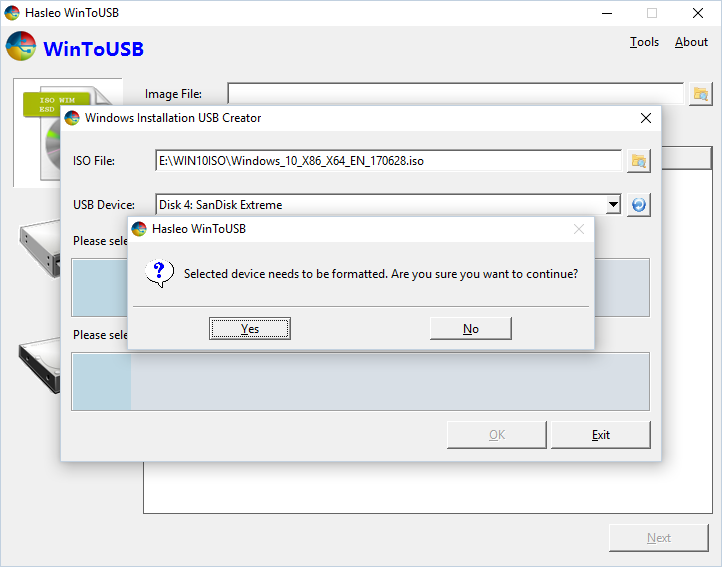
Note: This will erase everything on the thumb drive.Note: you can probably just quick format the thumb drive to NTFS, but to be safe, follow the procedure below.Take a USB 2.0 or 3.0 thumb drive (3.0 recommended) with at least 4GB capacity and plug it in.Acquire a Windows 7 ISO file, and save it to C:\w7install.Delete and ‘re-integrate’ the installation partition.Restart and boot to the installation partition.Copy all files from the installation USB to this partition.Using the command prompt from within setup:.Boot from the USB and “F6” the NVME drivers.Load a set of NVME drivers onto the installation USB.Modify those installation files so that setup has ‘native’ driver support for USB 3.0.Format the USB and copy W7 installation files onto it.Here’s a brief overview of what we’ll do: When we’re done, you can delete that partition and extend the OS partition to reclaim this space.

I’m going to show you how to install Windows 7 with a USB key onto an NVME-based SSD such as the Samsung 950 Pro.Īlong the way, you’ll be creating a bootable installation partition on this SSD.


 0 kommentar(er)
0 kommentar(er)
